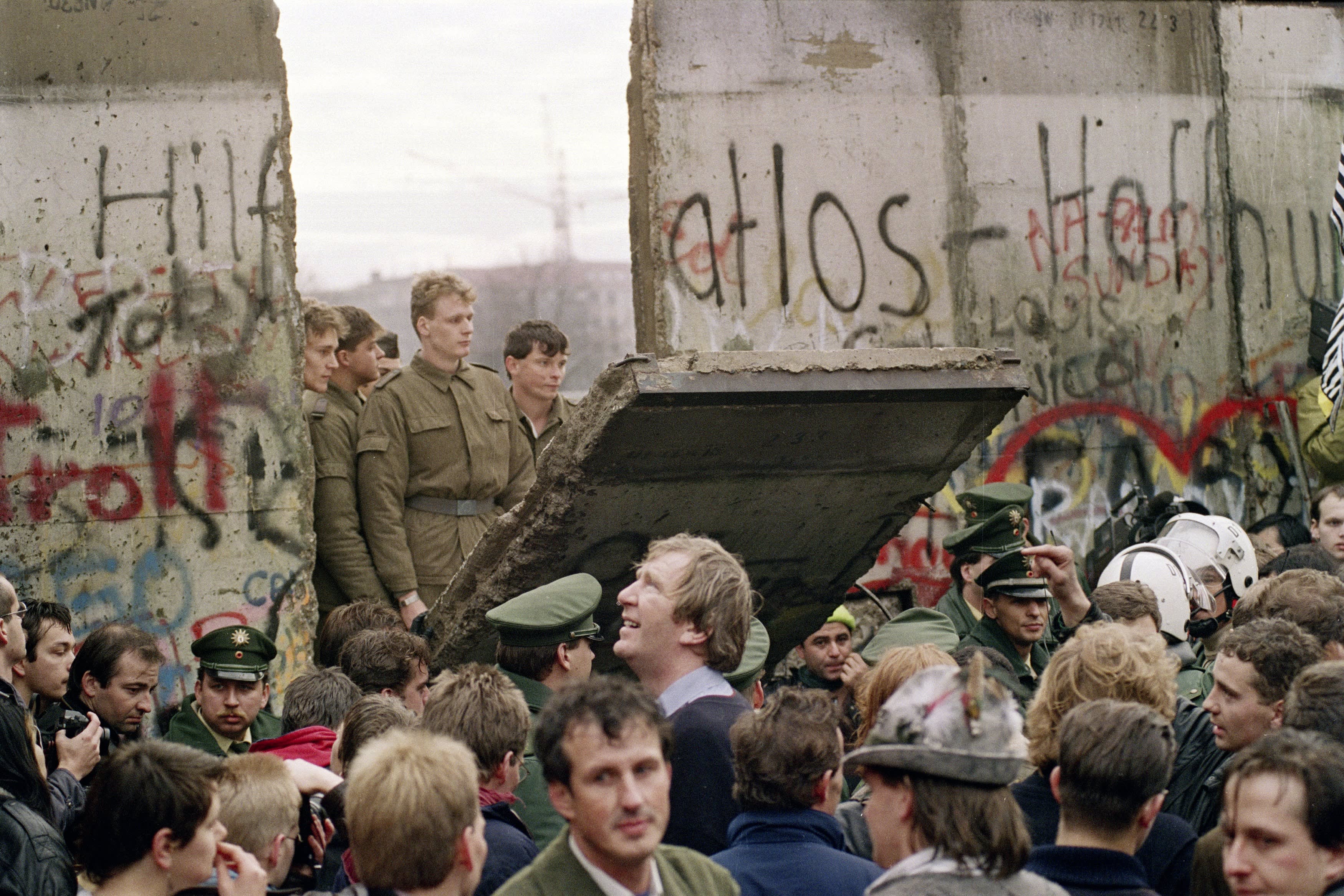For some quick background information, this TED talk is given by the person, Sayeg, who started the movement of Urban Knitting also called Yarn Bombing in 2005. I am working on analyzing this talk done by her and am using it as one of my primary sources. This talk does also give a history on how it was started, what she initially gained by starting it, and how
she plans on analyzing the growth that it has had and the impact it has made on her life.
If you are curious, and wish to see what ‘Yarn Bombing’ is, check out the link.
Perelman’s Rhetoric of Argument:
Premises
Values Agreed upon guides to actions
Sayeg’s guide to action was that she wanted to see something warm and fuzzy and human-like on the cold, steel, gray façade that she looked at. This is why she wrapped her door handle in a knitted cozy. Sayeg’s agreed upon action was to cover objects both large and small with yarn. It became an agreed upon action for her and others to continue covering objects with yarn.
Abstract Not concrete: “truth” “justice”(?)
Specific “True for me” “good for you”
Creating the knitted cozy for her door handle was good for Sayeg, it was true for her. It ended up being good for others [you] because there was an explosion of “yarn bombing” across countries.
Premise Modifiers
Presence Drawing attention to premises
Premise… by definition an argument, theory, or undertaking on… Sayeg is “enhancing the ordinary, the mundane, even the ugly, and not taking away its identity or its functionality” (1:19). I don’t believe she is claiming there is something wrong with these items, simply stating that she has the ability to change its appearance because she can, and it makes people happy.
Argument Types
Quasi Logical Arguments
Definition Identifying or linking an expression with a concept
Sayeg is linking an expression [her need to do something with her hands] to a concept [of covering the things in her neighborhood with yarn]
Analysis Examination of definitional link.
There is a link between what Sayeg has started with “yarn bombing” to what people feel about it in other countries. After Sayeg started this movement, it was picked up in other countries large scale. It means something to people and this is something that Sayeg said she wanted to analyze.
Inclusion Treating something as a part of a larger whole
“Urban Knitting” or “Yarn Bombing” has gotten so big that it is a part of a larger whole than Sayeg first initially thought it would become.
Fallacies
Bandwagon A popular idea is correct.
After Sayeg started “yarn bombing” in 2005, it has crossed borders and has been picked up in multiple countries like Germany and England.
Emotional Appeal Something is true because it makes us feel good or
untrue because it doesn’t.
Sayeg started and continued with “yarn bombing” because it felt good to her. It was an emotional connection, it appealed to her, and she continued chasing the feeling of doing something different, and making people notice.
Anecdotal Fallacy/ Misleading Vividness A Hasty Generalization that relies on the availability heuristic ( we generalize from vivid stories more readily).
Sayeg covered a stop sign in her neighborhood. It caused people to stop and stare. She made the Assumption that they were staring out of wonder at such a strange sight. Some even took pictures. She generealized that it was a positive reaction.
Rhetorical Devices
Comparison Metaphor An implied comparison.
“If you think about our hands, these tools that are connected to us, and what they're capable of doing”




 ツ
ツ



